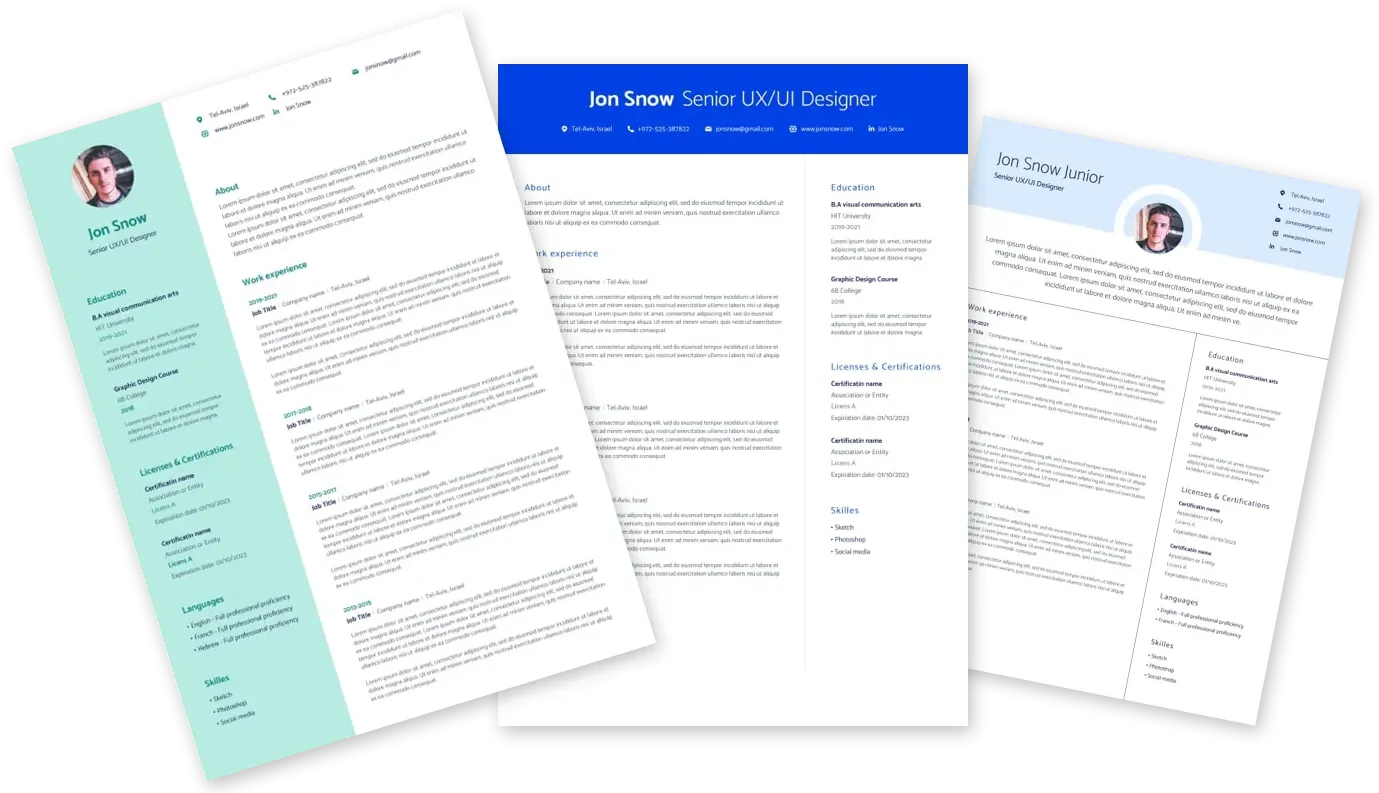
The point where experts and best companies meet

GE HealthCare Interaction Design Architect United States, Illinois, Chicago 620092737
05.09.2025
Share
As Architect, Interaction Design at GE HealthCare, you will play a crucial role in design initiatives that create exceptional digital experiences for healthcare professionals and patients. You'll work to understand user needs, propose design directions, create UX solutions and collaborate with product and engineering leaders to deliver innovative solutions that improve healthcare delivery and patient outcomes.
Essential Responsibilities
- Read, understand and absorb materials on user needs, mental models, working contexts business and technical requirements
- Support the creation of visualizations that summarize key insights related to user and customer needs and behaviors
- Support participatory design activities to understand and validate assumptions about user needs and behaviors
- Support the creation of concepts that respond to the captured validated requirements
- Create annotated prototypes or wireframes of user interface designs that visually and textually communicate the behavior of the software application
- Create visual designs in Figma that utilize our EDS (Ethos Design System) to ensure consistency across products
- Support effective documentation and communication of design - via wireframes, mockups, prototypes, user stories in Rally and Confluence
- Participate in research and evaluation of designs with external and internal users
Qualifications/Requirements
- Bachelor’s Degree in a relevant design discipline (Interaction Design, UX/UI Design, Industrial Design, Visual Communications or related field) and/or equivalent work experience
- 4 years of documented professional work in user experience design, preferably in healthcare
- Experience with end-to-end development of digital products and solutions
- Experience collaborating with diverse and cross-functional teams in a dynamic and global environment
Desired Characteristics
- Demonstrated facility with Agile / Lean UX methodologies
- Attention to detail – can create pixel perfect assets
- Familiar with standard design & wireframing tools (Figma, Adobe CC, OmniGraffle, Axure), hand drawing and visual communication, time-based and interactive prototyping tools, especially those that are AI driven
- Ability to use generative techniques (sketching, brainstorming, etc.) to establish a variety of possible design scenarios
These jobs might be a good fit
